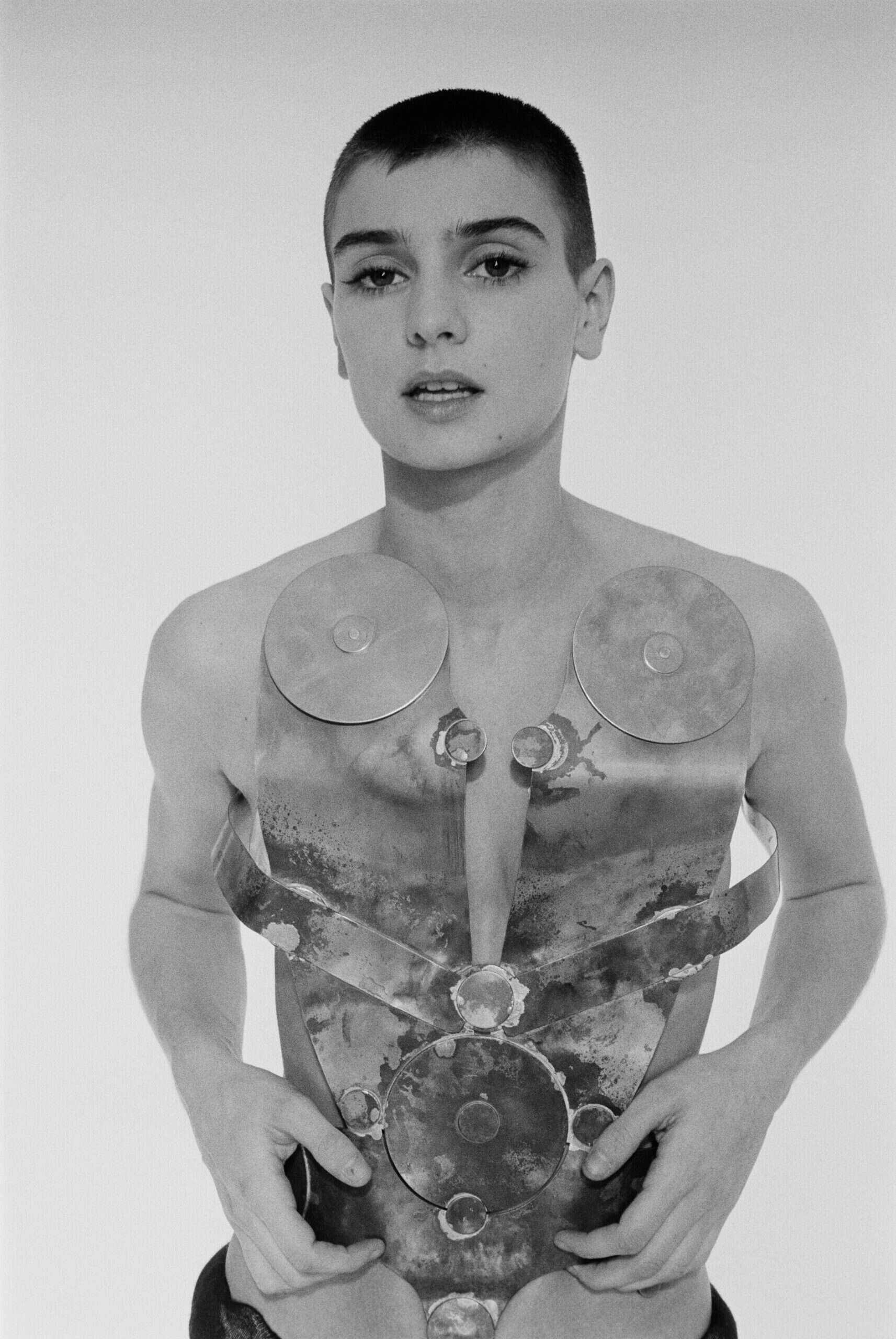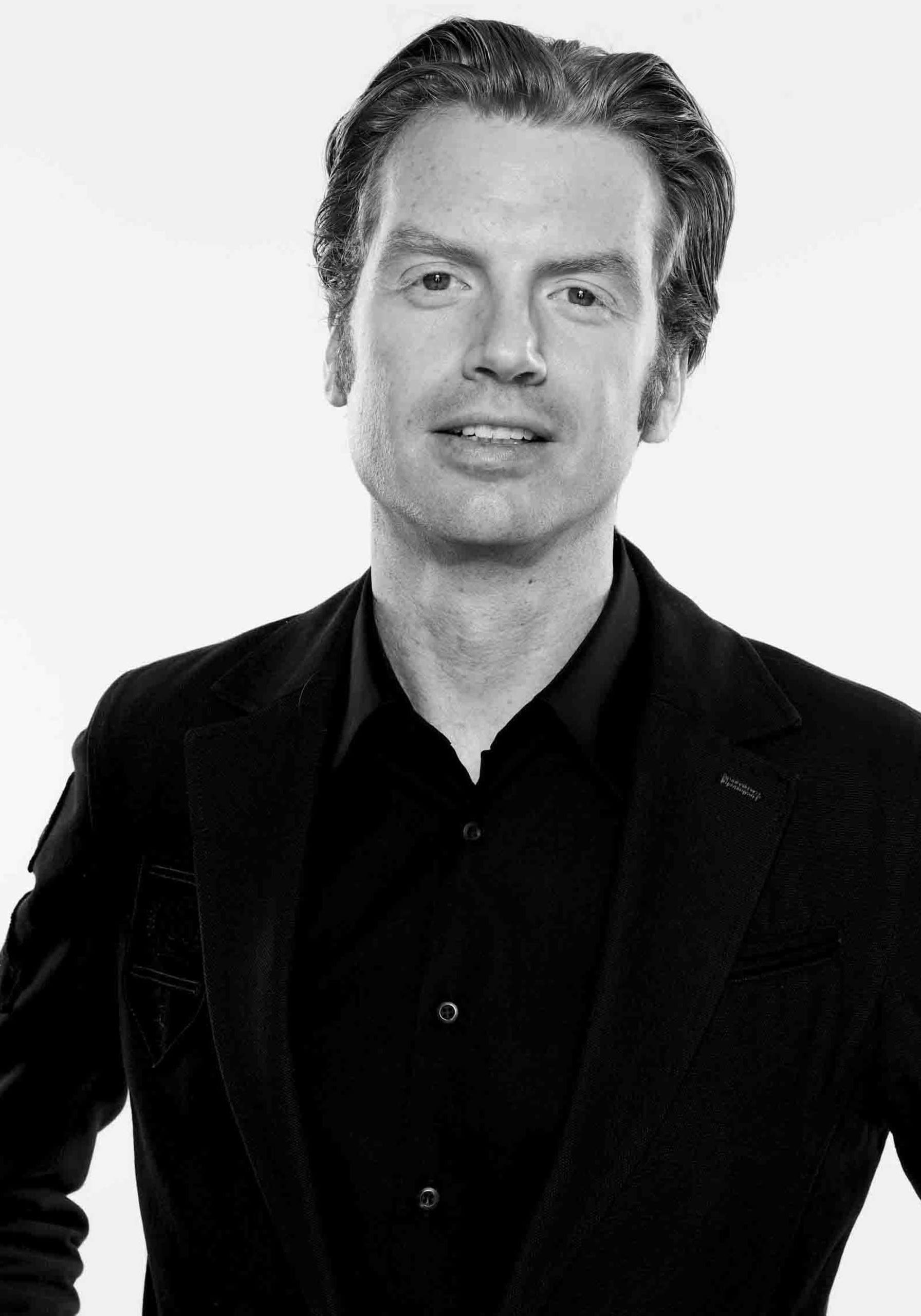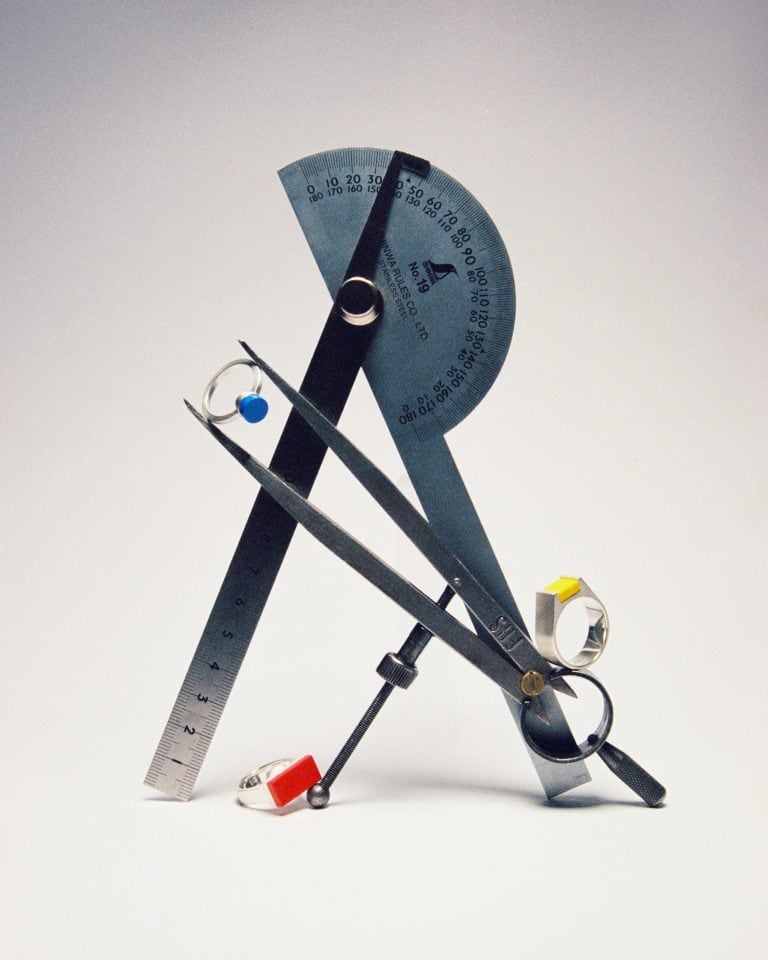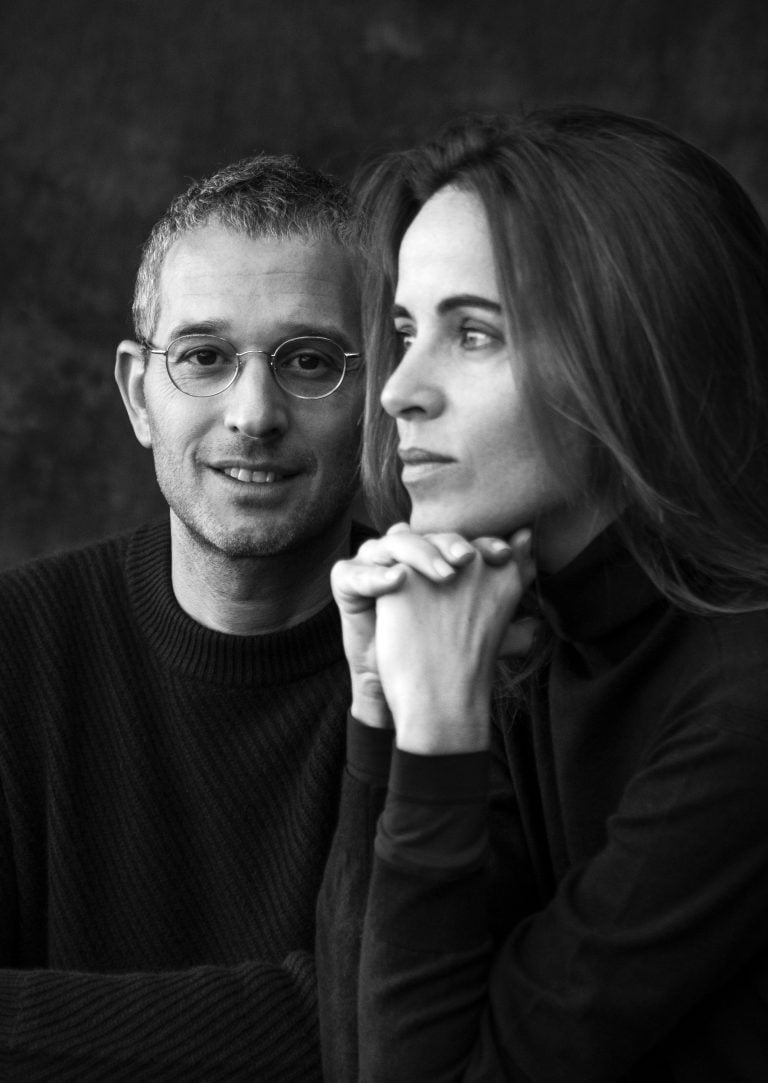
Michel Haddi The Unfiltered Lens
Few photographers have lived as loudly or as vividly as Michel Haddi. Born in postwar France to
a French father and a Berber mother, Haddi’s story reads like a film: growing up in a rough Paris suburb, escaping to London in the 70s, and then carving out a career that would take him everywhere from Vogue to Hollywood. Known for his unapologetic energy and cinematic vision, Haddi has photographed icons like David Bowie, Tupac Shakur, Iman, and Sinead O’Connor, always capturing something raw and human beneath the surface gloss. He’s as much a storyteller as a photographer; his shoots unfold like scenes, his images like frames of a movie that never quite ends.
Meeting Haddi today feels like stepping into a living archive of modern culture. He speaks with the unfiltered candor of a man who’s seen it all: London’s rock revolution, New York’s golden age, Los Angeles’s chaos, and still believes in beauty, rebellion, and soul. Between anecdotes about Bowie’s mismatched eyes, Tupac’s quiet grace, and Alexander McQueen’s madness, Haddi reveals not just a career but a philosophy. Photography, for him, is a mirror of courage. “Fear,” he says, “is the only thing that kills creativity.”

On Creativity
Haddi’s views on creativity are shaped by freedom, not formula. “You know that Mel Brooks movie The Producers?” he asks. “Those guys set out to make the worst play ever, but because they were completely free, they created something brilliant.”
He remembers when editors used to trust instinct more than marketing. “At Arena, The Face, Per Lui, they’d just ask, ‘What do you have in mind?’ I’d say, ‘Gypsies,’ and they’d say, ‘Okay.’ No rules. Now, too many magazines act like the queen bee. They dictate everything. But that’s not how creativity works.”
On David Bowie
When Bowie stepped in front of his lens, Haddi immediately noticed the contrast in his eyes, one blue, one amber. « I said one thing to him, and he couldn’t believe it. I said, ‘You know what, David? I’m impressed because you’re dressed like you’re coming out of a neo-realistic movie by Visconti.’ He looked at me and said, ‘What the f**k do you know about that?’ I replied, ‘Well, I’m a big fan of Visconti, and your style is exactly the style in one of his movies.' »

Iman, Love, and the Connection That Sealed It
Their connection deepened through Michel Haddi’s close friendship with Iman. « A few years back, she called me out of the blue when I was living in Los Angeles. She said, ‘Michel, I need to speak to you.’ In her voice, it sounded incredibly important. We met at a lounge in West Hollywood, and she said, ‘I have a problem: I’m in love.’ I said, ‘That’s terrific!’ She said, ‘Yeah, but I’m in love with a rock star.’ I said, ‘Okay.’
I told her, ‘Darling, listen, if you don’t tell me his name, I won’t be able to give you any wise advice.’ She finally said, ‘Yeah, it’s David Bowie.’ I said, ‘Darling, forget about it. You two are made for each other. Spot on. You’re super cool, and he is super cool. You’ve both seen it all, you’ve done it all. You guys are going to get along fine.’ And that’s exactly what happened. So, that’s also why I worked with David, because Iman said, ‘Friend, you can have a blast with him, you know?' »
On His Favorite Shoots
For Michel Haddi, his career highlights come down to vision and chaos. “In 1998, I told Premiere magazine I wanted to shoot a hundred French actors in one frame. They thought I was crazy, but I did it. Three studios, fifteen hairdressers, seven assistants. Total madness. Most of them are stars now.”
Another milestone came with The Queens of Soul for British Vogue. “They handed me an envelope full of traveler’s checks and said, ‘See you in a month.’ I crossed America photographing Aretha Franklin and Patti LaBelle. That was the dream. Total trust, total freedom.”
On Sinead O’Connor and Alexander McQueen
When Michel Haddi recalls working with Sinead O’Connor for Vogue, it’s with the kind of honesty most photographers avoid. “They told me, ‘Michel, be nice, be sweet,’” he says, smiling. The shoot was styled by Isabella Blow, who arrived with a corset designed by her friend Alexander McQueen.
“At first, I thought, ‘What the f**k is this?’ But I stayed quiet. I knew Isabella had a point. McQueen was an artist, even if his work shocked me at first. When I saw the final images, I realized how right they both were.”
He pauses before adding, “Sometimes the smartest thing a photographer can do is shut up and shoot. Listen before you judge.”
That self-awareness came with time. He admits he made mistakes early on. “André Leon Talley once called me ‘Michel Arnaud.’ I got offended, but I shouldn’t have. The man was trying to connect. Later, I felt stupid. You live, you learn. Sometimes you just have to stop talking and listen.”

On Cameras and the Craft
Michel Haddi has no patience for the gear-obsessed. “I’ve got Nikons, Sonys, Polaroids, even an 8×10,” he says. “But the truth is, the camera doesn’t matter. The image comes from your eyes, not the machine.”
He draws a comparison that fits his philosophy. “A good photographer is like a Formula 1 driver. The car helps, but it’s the driver who makes the turn. The camera is just the vehicle.”
On The Legend Series and New Projects
Michel Haddi’s Legend series began in 2017 with David Bowie and became a passion project of pure independence. “No ads, no sponsors. I release them when I feel like it,” he says. The next one, The Legend: Hollywood, will feature his cinematic portraits of actors, musicians, and directors from Los Angeles. The Music video has been selected for the renowned fashion film festival in Paris ASVOFF and will be screened November 14th.
He’s also preparing a magazine titled Love Is No Color. “It’s not just about me. It’s about art, photography, and unity,” he explains. “I’ve trademarked it in England. I’m looking for investors who understand that art is bigger than commerce.”
He laughs when talking about the past. “I started as an assistant in London. It was all sex, drugs, and rock and roll. That was the energy. I’ll be seventy next year, but that fire is still there.”
On Advice to Photographers
Michel Haddi speaks with conviction when it comes to young talent. “I’m a Buddhist. I believe we are all God, creators of our own reality. The only real enemy is fear.”
He tells his students in Rome that confidence is everything. “I once walked into class with an empty suitcase and said, ‘Inside is my best work.’ They believed me. Persuasion starts with how you walk into the room. If you believe in yourself, others will too.”
He laughs, remembering another lesson. “I once handed my camera to my five-year-old son. He took a picture, and it was perfect because he had a full team behind him. That’s photography. It’s never just one person.”
Now, he’s turning his curiosity toward technology. “I’m making an AI film with sound recorded in my old Venice Beach neighborhood. You have to evolve. If you don’t adapt, you’re already finished.”
On Music
Music, for Michel Haddi, is both fuel and language. It has followed him through every part of his life, from film to photography. “If I tell you why, it’s really basic,” he begins. “I make films. I’ve been doing that since 1997. I produced and directed a movie in L.A., International Velvet, with Andy Warhol’s superstar Susan Bottomley. Music has always been a big part. I’ve worked with a lot of musicians, including Tupac and others.”

Training and movement are also inseparable from his creative process. “I train every day, whether I’m in Paris, Milan, England, or the States. I’ve been doing that since I was eighteen. And when I train, I need music. Back then, it was electronic disco. That sound gives me energy. Maybe it’s because I love to dance. When I had my house in Marrakech, I’d go to the club till four or five in the morning, every night.”
Wordplay, and the Double Meanings He Loves
He laughs before switching gears to his writing. “I love writing words and I suppose I have a knack for it. I like to write with double meanings, so people don’t immediately understand what I’m saying.” One of his new songs is called It’s a Love Letter to Nancy. “It’s for all the ‘Nancys.’ In England in the fifties, if you were gay, they’d call you a Nancy. I know people will hear it and think I’m singing to a woman, but that’s the point. I want them to wonder.”
His lyrics draw on the same mix of realism and irony that defines his photography. “I’ve got a track called Pandero,” he says. “It’s the story of a cartel godfather who got shot twelve times. His friend says, ‘You’re so f**king stupid. You got whacked with twelve bullets, and now all those b*tches are coming to see you when you’re dead.’ It’s dark, but that’s life. it’s funny and tragic at once.”
A Mental Reset
Writing, for him, is a mental reset. “To excel as a photographer, you have to look at other things,” he says. “Bernard Arnault plays piano with his wife every night. It sharpens the mind. For me, it’s writing songs. It opens another part of my brain.”
He shrugs when asked if he would ever DJ. “Someone once asked me to play at a beach club,” he says, smiling. “I told them, ‘No, I’m not good enough. I’ll give you my CD instead.’ Everyone’s good at something. You just have to know what’s yours.”
Talking with Michel Haddi feels like a masterclass in risk and resilience. His stories loop from the streets of Paris to the chaos of Los Angeles, from Bowie’s quiet charm to Tupac’s defiance, but they all circle the same truth: art is courage. “You just have to go for it,” he says, almost to himself. “Don’t be afraid to fail. Fear is the killer.” For Haddi, that’s not philosophy. It’s survival, and the belief that creativity only lives where control ends.
Partager cet article
Cannon is our Editor-At-Large since August 2016. He grew up in New York City and was influenced at an early age by rock and fashion. He is an award-winning celebrity stylist, fashion editor and creative director who has styled many of his favorite musicians including Annie Lennox, Cyndi Lauper, Jimmy Page and Shirley Manson. His wit, charisma, and style have made him a trusted and sought-after stylist by Hollywood legends such as Liza Minnelli, Willem Dafoe, Dennis Hopper, and Glenn Close.
Cannon has also worked with some of today's hottest celebrities, including Diane Kruger, Angelina Jolie, Matt Damon, Penn Badgley and Kellan Lutz. He was the first stylist to get Barbra Walters into a pair of jeans for a photo shoot, and had the opportunity to dress Michael Jackson as the KING OF POP for MTV. In addition, Cannon also founded PLUMA- a luxury costume jewelry collection made exclusively in Italy that was recently featured on the cover of Italian Vogue. As a result of working with great musicians and celebrities, Cannon has contributed to multiple publications including: Rolling Stone, Vogue, Time, Entertainment Weekly, Vanity Fair and W. He has styled large casts for every network including: Lost, Sopranos, The View, Project Runway, Kelly, The Today Show, Top Chef, and The Office. Cannon's expertise in fashion also has lent itself to him being in front of the camera as a style expert, with television appearances on E!, Style, VH1, CBS, NBC, ABC, TLC, and Bravo. Cannon has been an on-air spokesperson for TJ Maxx, Burlington Coat Factory, Chapstick, Pantene, Dove, and Peanuts/Snoopy Worldwide. He has also been profiled in American, German and Japanese publications. In addition, Cannon was instrumental in organizing an inaugural panel discussing fashion and film for MEIFF in which he also served as a participant alongside Jason Wu and Kathryn Neale Shaffer, contributing editor at American Vogue.
Whether it's obtaining real museum pieces for a Discovery Channel commercial or recreating 50 unique culturally observant costumes for the worldwide launch of the National Geographic Channel, Cannon's respect for authenticity and his gift of problem solving has left lasting impressions on everyone he has worked with. Additional commercial work also includes Saks Fifth Avenue, Target, Sony Music, RCA, Bravo Network, Sprint, Bergdorf Goodman, and Neiman Marcus.
Cannon has styled fashion shows for Jason Wu and the Life Ball in Vienna, Austria, starring THE BLONDS, which is the largest AIDS benefit runway show in the world, that year hosted by President Bill Clinton and Eva Longoria. Other fashion shows include Snoopy in Fashion, Joanna Mastrioni to name a few. He has also styled shows for Safilo and their licensed brands, which include Gucci, Christian Dior, Emporio Armani, Ralph Lauren, Dior Homme, Max Mara, Marc Jacobs, Marc by Marc Jacobs, Stella McCartney, Banana Republic, Tommy Hilfiger.
Lire ensuite




